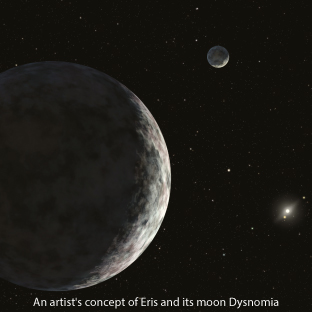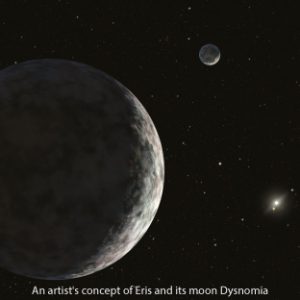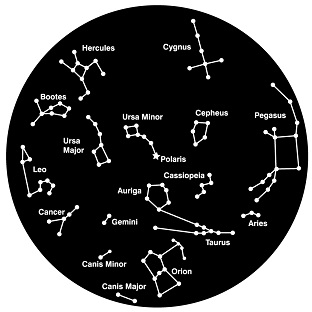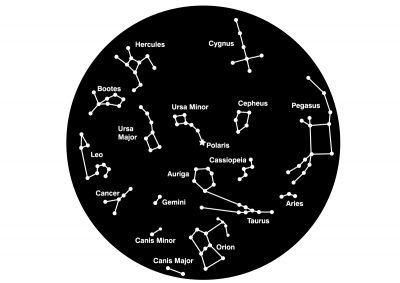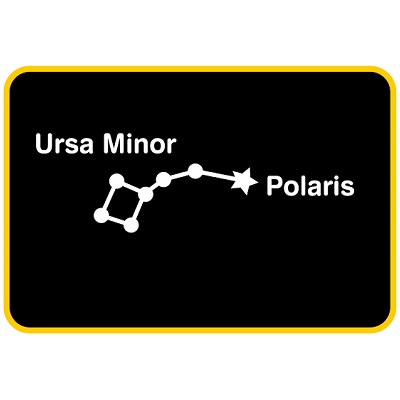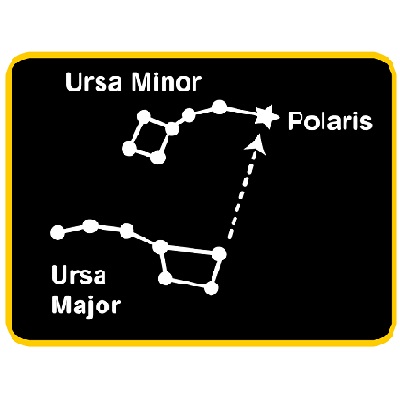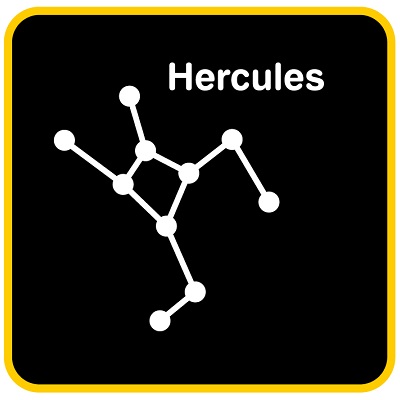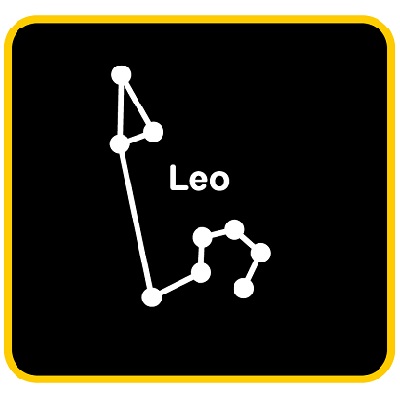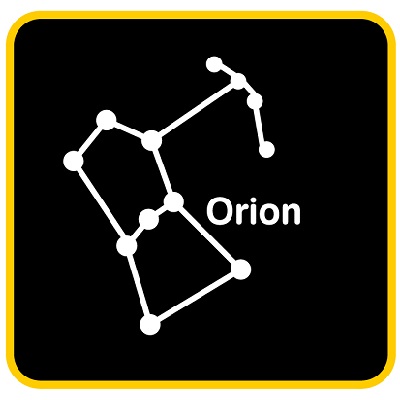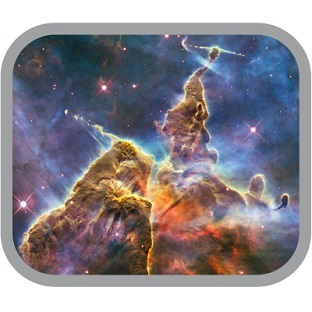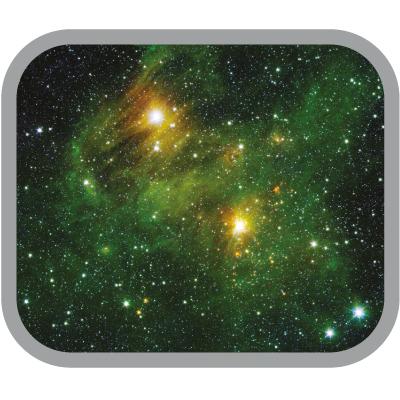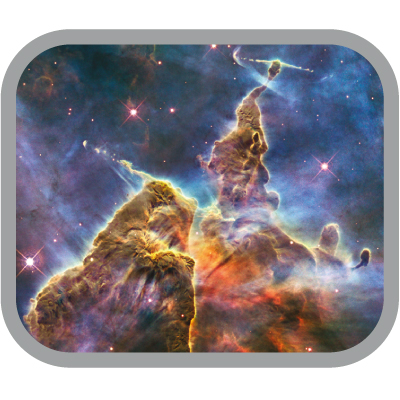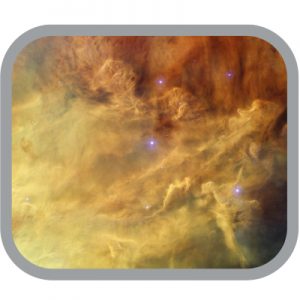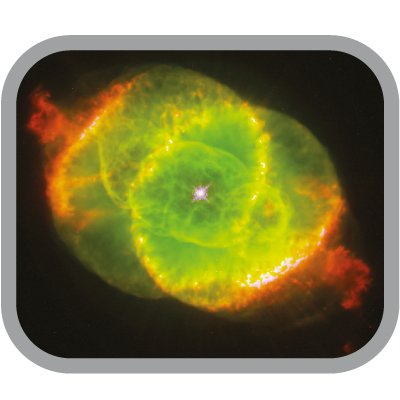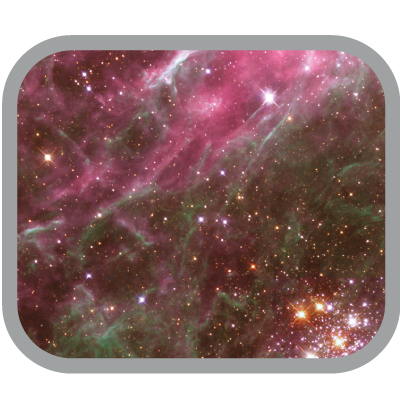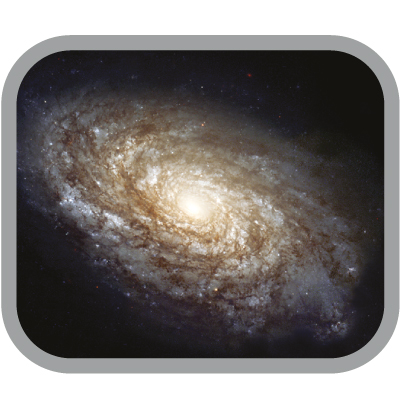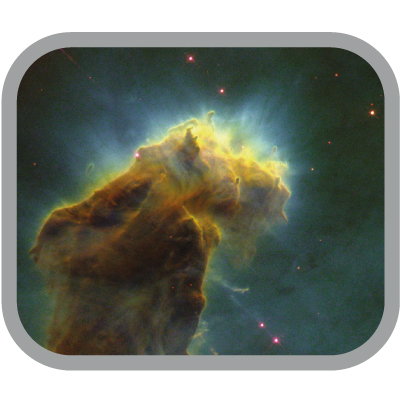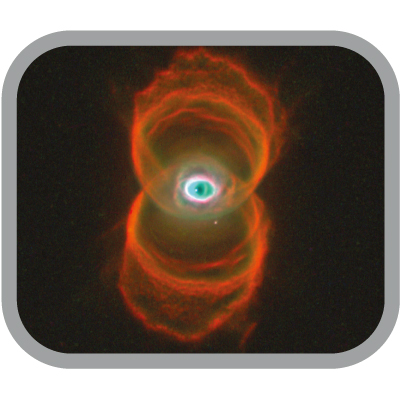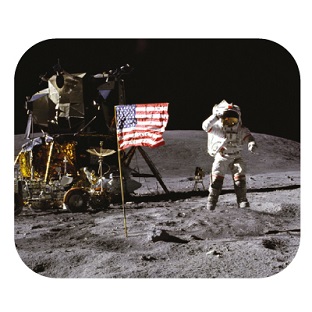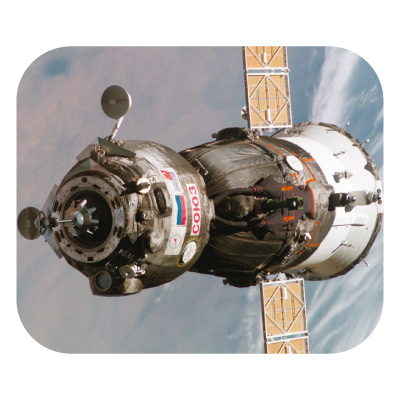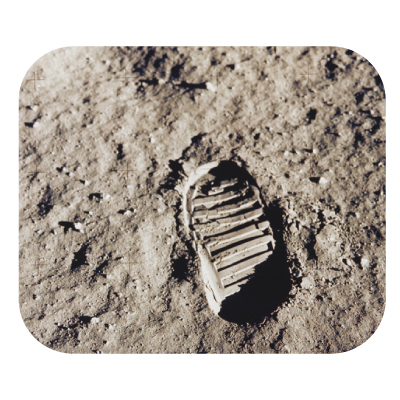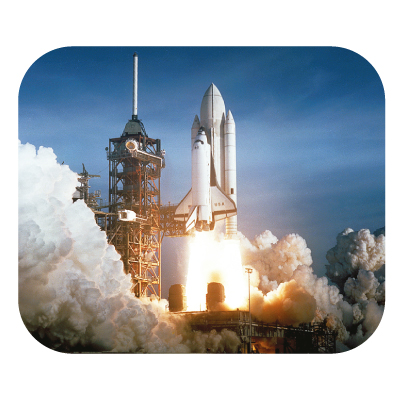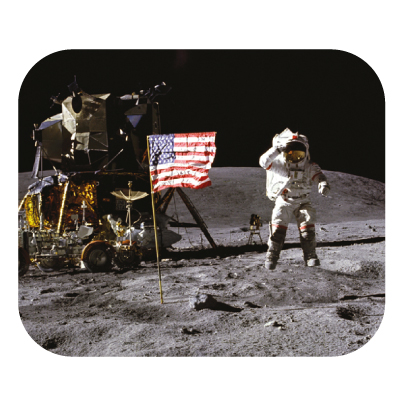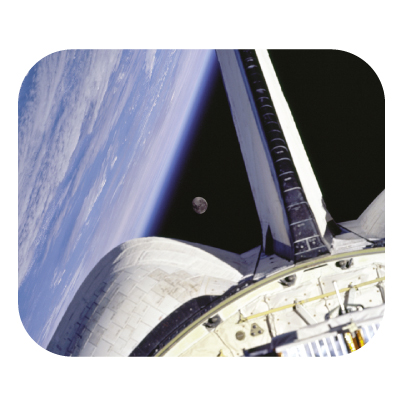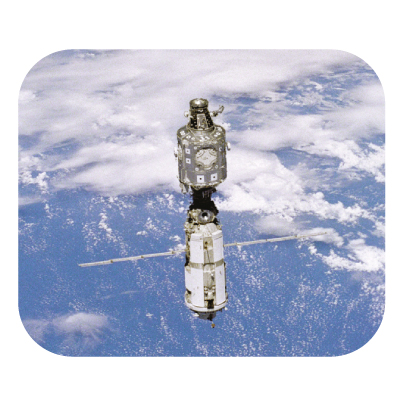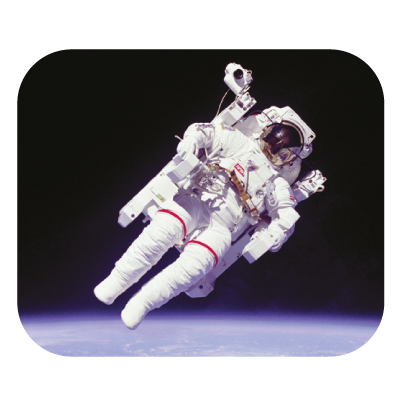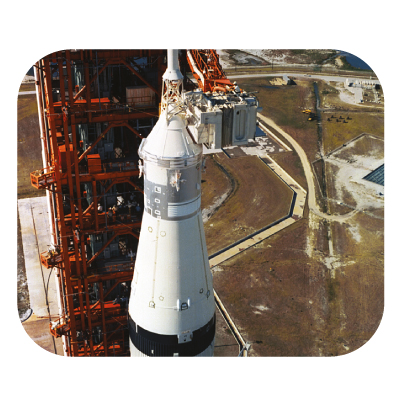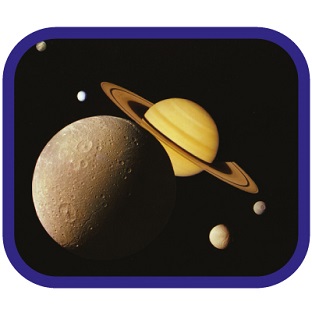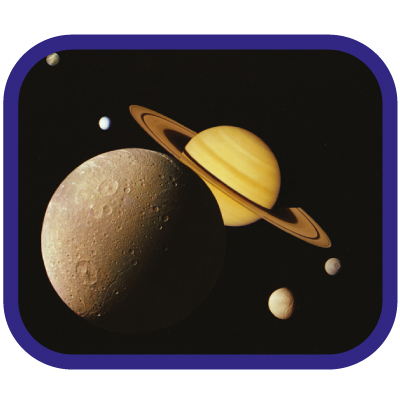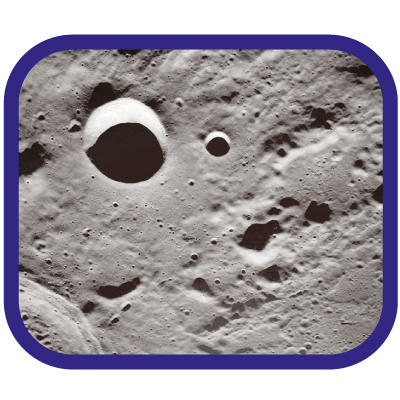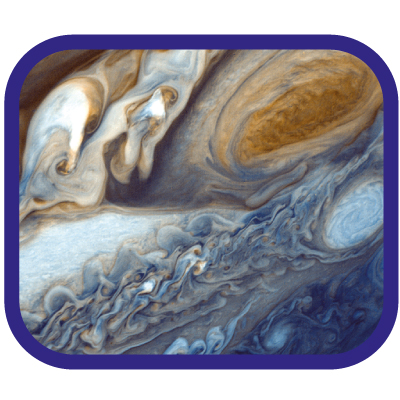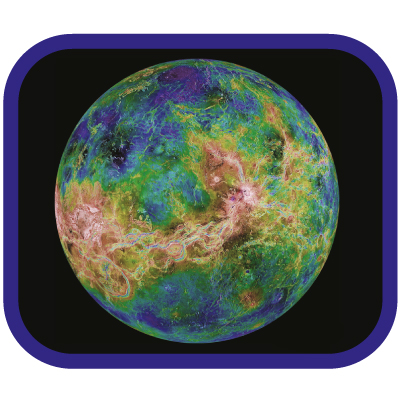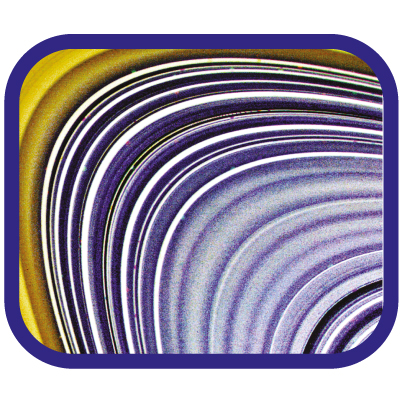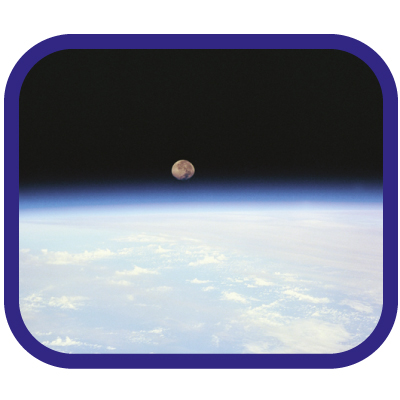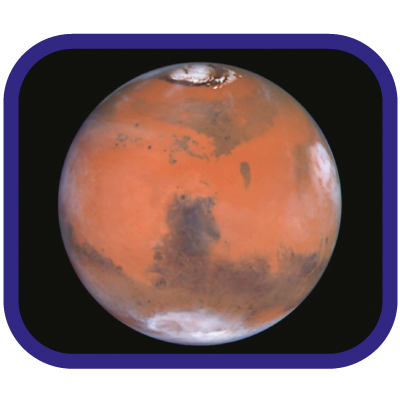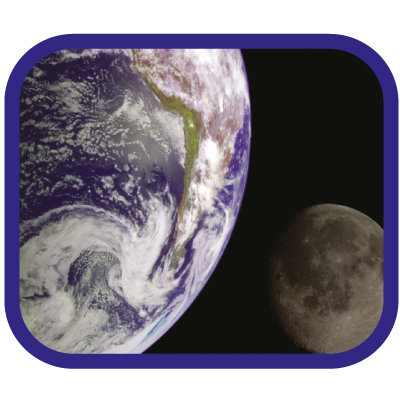The term constellation is used to describe stars that seem to be grouped together in a pattern, when viewed from the Earth. In reality most stars have no actual relationship to one another and can be light years apart but, throughout history, human beings have grouped together stars that appear to be close to one another from Earth.
Here are some of the stars and constellations you can see on your Deep Space Planetarium.
Polaris or North Star
Polaris is the brightest star in the constellation Ursa Minor. If you stand at the North Pole you will see Polaris directly above you. Other stars and planets appear to move with the rotation of the Earth but Polaris seems to stay in the same place. This has made Polaris an important navigation tool for explorers and sailors and a fixed point for astronomers to use as measurement.
Ursa Major, The Great Bear, Big Dipper or Plough
Ursa Major, the Great Bear, is often called the Big Dipper or Plough because it has an easily recognisable shape. If you follow the line from the two stars at the front of Ursa Major, this line will lead to Polaris.
Hercules
This constellation is named after Hercules, a hero from Geek and Roman mythology. Hercules was one of the 48 constellations listed by the 2nd century astronomer Ptolemy. It is the fifth largest of the modern constellations. In mythology Hercules was the son of the god Zeus and Alcmene, a wise and beautiful mortal woman. As such, Hercules was partly immortal himself and was stronger than all mortal men.
Leo (The Lion)
Some constellations are named after signs of the zodiac. These include Leo, Cancer (The Crab), Aries (The Ram) and Gemini (The Twins), that can all be seen on your Deep Space Planetarium. Leo contains many individual bright stars, such as Regulus or Denebola.
Orion (The Hunter)
This constellation is named after Orion, The Hunter, a character from Greek mythology. The constellation is located on the equator and can be seen all over the world. It is one of the most well know constellations, easily recognizable by the Belt of Orion-three bright stars that appear in a row. Surrounding the belt are four bright stars representing the hunter’s body. Orion includes many well-known stars including Betelgeuse-a massive red supergiant star nearing the end of its life, Rigel-the sixth brightest star in the night sky and Bellatrix which forms Orion’s left shoulder.
